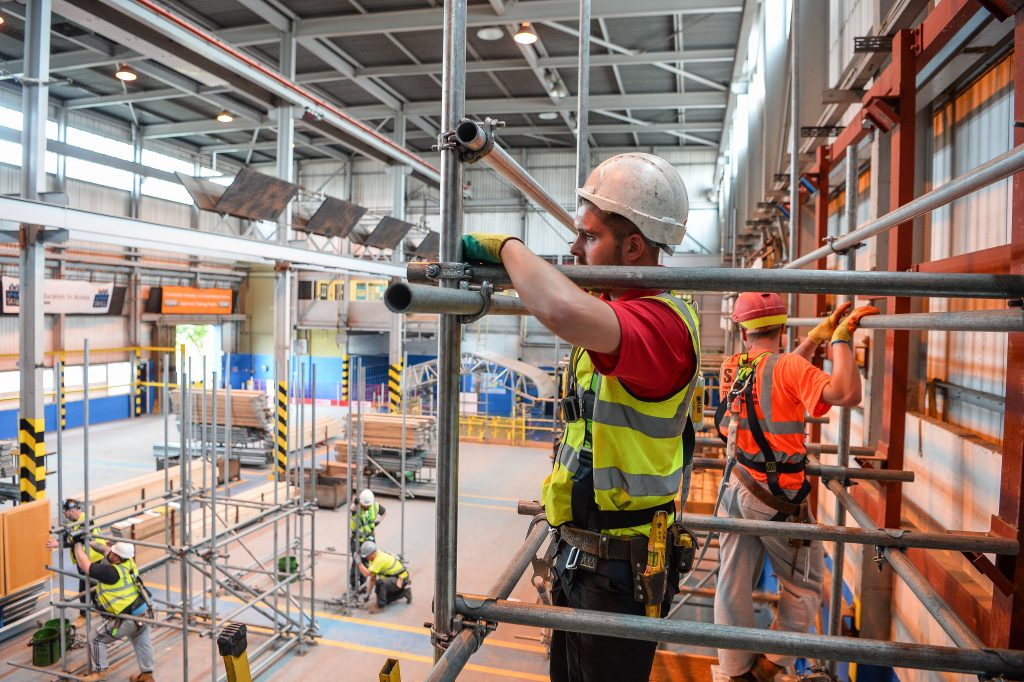How to get the most out of your scaffolding training
21st November 2019
It is possible to start a career in scaffolding at entry level, as a scaffolding labourer or trainee, without formal qualifications but ongoing training and industry recognised qualifications are key to progression within the industry.
With the right experience, training and qualifications, there are lots of opportunities to progress within a career in scaffolding, as well as the flexibility to work in different parts of the world. The UK scaffolding sector is made up of thousands of businesses of all shapes and sizes and many of these are owned and managed by qualified Scaffolders, who started out labouring or driving and who have since progressed through the ranks to own their own businesses.
By a considerable distance, the most widely recognised UK qualification scheme for Scaffolders is the Construction Industry Scaffolders’ Record Scheme (CISRS). CISRS is widely regarded as the world’s most highly reputed scaffolding competence scheme, and it includes qualifications for Labourers, Scaffolders, Supervisors and Inspectors.
Here are some of the key steps you can take to make sure you get the most out of your training, and benefit from opportunities that arise.
Choose the right training provider and the right course
When enrolling on a course you want to make sure that the training you will receive is of a high standard and will lead to relevant and recognised qualifications. Ask your colleagues and your employer about their experience with different training providers.
Scaffolding apprenticeships are no longer age-restricted and so anyone who is supported by an employer and embark on a Scaffolding Apprenticeship. However, you should be aware that they now place a large emphasis on English and maths, so you should either have existing English and maths qualifications or be prepared to work to achieve them. If this isn’t something you think you can do, it might be that you choose a different route to become qualified by attending Part 1 and 2 scaffolding courses, completing a Level 2 and NVQ and attending a 1-day skills test.
SIMIAN employs a team of scaffolding apprenticeship experts and they can help you to decide on which is the best scaffolding career pathway for you. You can contact them via apprenticeships@simian-risk.com.
Work hard
It goes without saying that the more effort you put in the more you get back. It’s the obvious, basic stuff but pay attention, turn up to training on time and be prepared, ask questions when things aren’t clear and stay motivated.
Combine training with real work experience
Formal training and qualifications are a vital element of competence, but there is no substitute for real experience. Experience is essential regardless of the training route you choose and it’s important that you practice what you have been trained to do, so you should maintain regular contact with your Assessor so you can be sure your employer is giving you the right type of work experience.
Challenge yourself
Keep challenging yourself. At Simian we offer training courses for scaffolders at all stages in their careers, from those just starting out through to courses for Advanced Scaffolders, Inspectors and Supervisors, so whether you’re just starting out, or are looking to take the next step in your career – we can help!
Remember! Simian can match employers with apprentices and apprentices with employers! Please get in touch and we’ll help you choose the correct scaffolding career pathway.
